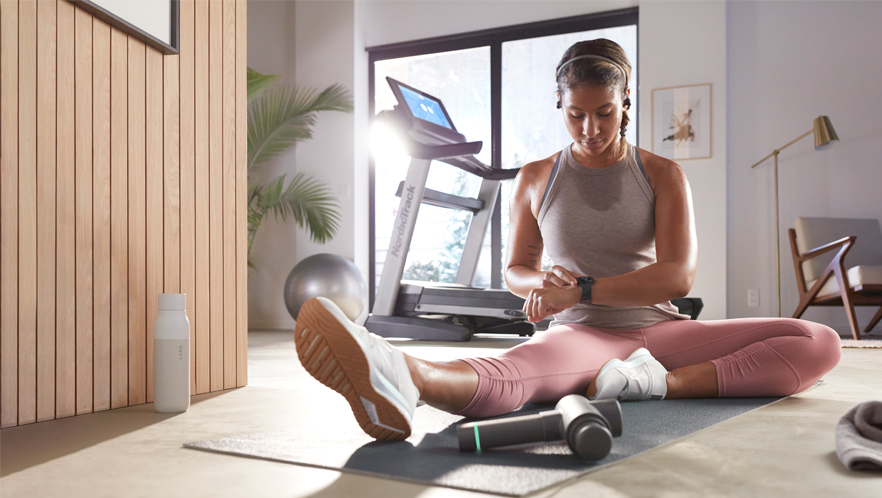February is American Heart Month, and the goal is to raise awareness about heart disease, the No. 1 cause of death in the U.S. On average, someone dies of cardiovascular disease every 36 seconds, according to the American Heart Association.
While you should consult a health care professional if you have symptoms or risk factors related to heart disease, adopting a healthy lifestyle can help improve your long-term heart health. Monitoring high blood pressure, reducing stress and getting at least 20 minutes of moderate to intense physical activity a day have all been proven to reduce chances of heart disease.
With the continuing evolution in tech, it’s easier than ever to track and monitor your lifestyle to help make sure you are lowering your risk, and better yet, you can do it from the comfort of your own home. Here are a few ways to stay heart healthy along with a few tech devices that can help.
Watch your heart rate
Monitoring your heart rate, both when resting and when working out, gives you data that can be helpful along your health journey. It can tell you what your resting heart rate is and provide information on the efficiency of your workouts.
There are a handful of devices that can help. From a simple personal EKG monitor to more high-tech devices that offer additional features like a smartwatch or a FitBit.
Newer models of the Apple Watch can even check for unusually high or low heart rates in the background while wearing. This could help you and your doctors identify situations which may warrant further evaluation.
Monitor your blood pressure
High blood pressure usually has no warning signs or symptoms, and many people do not know they have it. Measuring your blood pressure is the only way to know if you have high blood pressure.
Blood pressure cuffs are an easy, quick way to get a good reading. The latest models connect with your phone via Bluetooth so you can keep a log to share with your doctor, but there are also simpler models if you are not feeling as tech-savvy.
Get in your daily exercise
The CDC recommends that the average person should get in 150 minutes of moderate to intense exercise a week, which is about 20-minutes a day. Working out at home is an easy and non-intimidating way to get started. Low impact, steady-state cardio is one option, or you can work on building muscle with weights and training systems. There are a variety of free work out plans on YouTube to guide you at the start.
Manage stress
Stress takes a physical toll on the body. It causes the body to release adrenaline, which makes your heart rate and blood pressure rise. It is important to take some time each day to focus on yourself and relax. That means finding time to do a guided meditation, or treating yourself to an at-home massage.
Click here to check out the latest deals on health and wellness products and technology on BestBuy.com.


